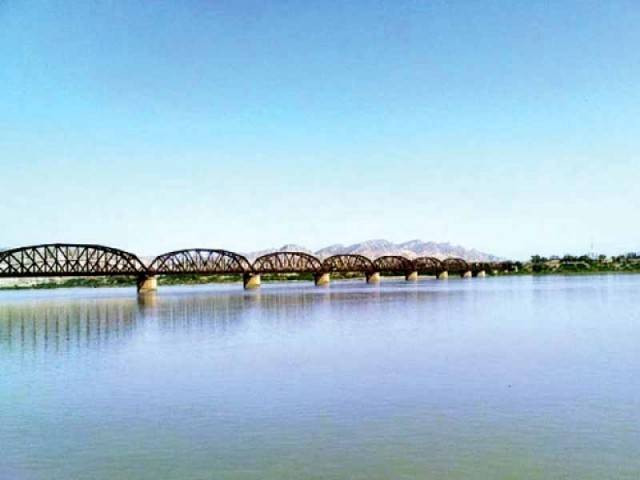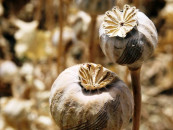IRSA increases Punjab, Sindh water share
The spokesperson also stated Chashma-Jehlum Link Canal was opened with a discharge of 3,000 cusecs

Indus River System. PHOTO: FILE
According to Irsa spokesperson, Rana Khalid, Punjab’s share was increased from 40,800 cusecs to 42,800 cusecs while Sindh would now get 35,000 cusecs of water against the earlier figure of 34,000 cusecs.
After revision in water releases, Punjab would still face a shortage of 41 per cent while Sindh will bear a shortage of 24 per cent, he said, adding that the cumulative shortage stood at 36 per cent.
Water levels surge in Mangla, Tarbela dams
Khyber-Pakhtunkhwa’s share will remain at 3,100 cusecs while Balochistan is not getting its share because of annual canal closure. Total releases of water were recorded at 77,900 cusecs.
The spokesperson also stated that in accordance with Punjab’s demand and share, Chashma-Jehlum Link Canal was opened with a discharge of 3,000 cusecs despite strong objections by the Member, Irsa, Sindh.
The discharge at Trimmu-Punjnad (TP) is already 1,954 cusecs. Punjab is getting 12,000 cusecs from Indus and 30,800 from Jhelum Canal.
He said that supplies from Tarbela had increased from 18,000 cusecs to 23,000 cusecs, increasing hydel generation which was affected by reduced releases.
Sindh Assembly turns to CJP to solve water crisis in the province
On Thursday, river inflows stood at 111,500 cusecs while outflows were 82,400 cusecs. Storage stood at 0.269 MAF.
On March 29, Irsa projected 31 per cent water shortage in early Kharif sowing season, posing a serious threat to Kharif crops because of higher losses and lower river water inflows.
Unlike Punjab and Sindh, Balochistan and KPK have been exempted from water shortages during the Kharif crop season.


















COMMENTS
Comments are moderated and generally will be posted if they are on-topic and not abusive.
For more information, please see our Comments FAQ